On Rosh Hashanah, the Jewish New Year, which begins Friday evening, Sept. 18, it’s traditional to wish family and friends shanah tovah um'tukah—“a good and sweet year.”
As with so many Jewish holidays, the symbolism is expressed in the foods that are served. In my Ashkenazi (German and Eastern European Jewish) family, there were always apples and honey, with the slices of the fruit dipped into the golden liquid as we recited the blessing. It was a messy process, with my engineer father attempting to demonstrate how best to dip and swirl a crescent of apple in the sticky syrup without dripping it all over the tablecloth and our laps. Usually we failed the test—sometimes he did too!
A sweet, round challah, with raisins embedded in the dough, was also part of the festive meal that marked the holiday at our house—or at the homes of relatives where we went to celebrate. We hoped the year ahead would be as sweet as honey and filled with blessings without end—as symbolized by the circle shapes of the challah and the apple.
I’ve discovered that Sephardi (Spanish and Portuguese descendants) and Mizrachi (Middle Eastern and North African descendants) Jews serve an even wider array of symbolic foods to begin the meal, including pomegranate, pumpkin, quince and beets. In some households, there’s even a Rosh Hashanah seder, something I would definitely like to attempt one day!
In addition to the plum tart—or Tzwechkenkuchen—that my mother, aunts and other relatives made (you can read about it in one of my previous blog posts here), another traditional Rosh Hashanah staple that I remember from childhood was honey cake, a dense, dark brown, raisin- and nut-filled loaf. Like the perennial fruitcake that turns up on holiday tables at Christmas time, many Jews have a love-hate relationship with honey cake. I always thought it a bit dry and heavy.
“I wish I could like honey cake,” my cousin Tina texted me when I mentioned that I was going to bake one this year.
She was making an apple cake and a Brown Betty instead—along with a fruit-inflected main dish—roasted chicken thighs with peaches, basil and ginger. Yum!
I was determined to make honey cake, but there had to be a way to update it. The classic recipe, which I found in several Jewish cookbooks, as well as my mother’s handwritten version in a dilapidated notebook with a marble cover, calls for less oil and more flour than the recipe from the New York Times that I finally decided to make.
Many old recipes use coffee as the liquid of choice; my mother used hot water. I’ve seen versions with orange juice and tea. Melissa Clark’s more avant garde variation in the Times uses generous amounts of olive oil and red wine and serves the final dessert with honey-macerated yellow plums, usually in season at this time of year. You can find her recipe for Red Wine Honey Cake With Plums here (gift link should be available, but if not, message me!).
I made it pretty much as written, incorporating fresh grated ginger and ground cardamom and using a fruity Cabernet Sauvignon. I think any red wine would do, though I’m not sure about Manischewitz—it might be a bit too sweet. If you prefer not to use wine, you might try grape juice—or even coffee.
Instead of plums, I opted for an apple compote to go with it (recipe here). My neighbor and chief taster, Susie (check out my post about her here), said the compote is the perfect accompaniment, though I think the cake is actually quite good on its own, warmed a little, or, if you’re a non-traditionalist, served with a scoop of ice cream. Next time, I may try adding nuts and raisins—or perhaps some candied ginger.
Sadly, I’m not expecting any company this Rosh Hashanah, so I’ll be handing out slices of honey cake to my neighbors, friends—and perhaps a relative or two who might drop by for a socially distanced get-together. The downside to having a baking addiction during a pandemic is I’m not good at down-sizing cakes and breads to feed just two people. This honey cake serves 10 to 12. Luckily, it keeps for several days and freezes well, as does challah. Unfortunately, neither ships well, so I can’t send a Rosh Hashanah gift package to my son and daughter-in-law in Japan.
After the challah dough rises, I separate each loaf into four pieces, fill with dark and light raisins, seal and roll into four long strands, then braid into a round.
As for the challahs, I made one with raisins and another with apples. My favorite part is braiding the dough into circular loaves at the end. There are several techniques, including creating one long strand and coiling it into a round; fashioning interlocking donuts of dough, connected like chain links and joined into a circle of circles; and braiding a loaf in three strands (as in a traditional challah) and then joining the ends of the braid together.
I picked a fourth method that begins as a kind of tightly woven hashtag. Here’s a link to a video of two ways of making a round challah. You can find more by Googling “how to make a circular challah.”
Despite serving traditional foods and saying prayers for a good and sweet New Year, Rosh Hashanah, and Yom Kippur, which arrives 10 days later, won’t be the same in the Jewish year 5781. If there is any time in the year that Jews—even those who are not very observant—gather together in synagogue, it would be during the High Holidays. And, if there is any year when these holy days that call on us to face our human frailty and mortality, to pray, to repent of past misdeeds, and to pledge to do better, would be meaningful, this would be the one.
But in the middle of a pandemic, gathering to pray and sing in close proximity with others is not happening. Most synagogues, including ours, Manhattan Beach’s CTJ, are doing services on Zoom. Many are being very creative about it, offering “drive-by” or hand-delivered treats, prerecorded choir performances, and specialized kid-friendly online services. As Tamah Kushner, CTJ’s executive director explains, “We’re all virtual and yet together.”
There’s something very sweet about that. L’Shanah tovah um'tukah!



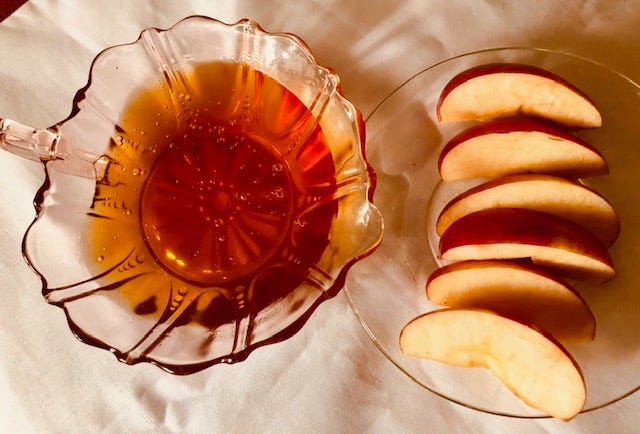
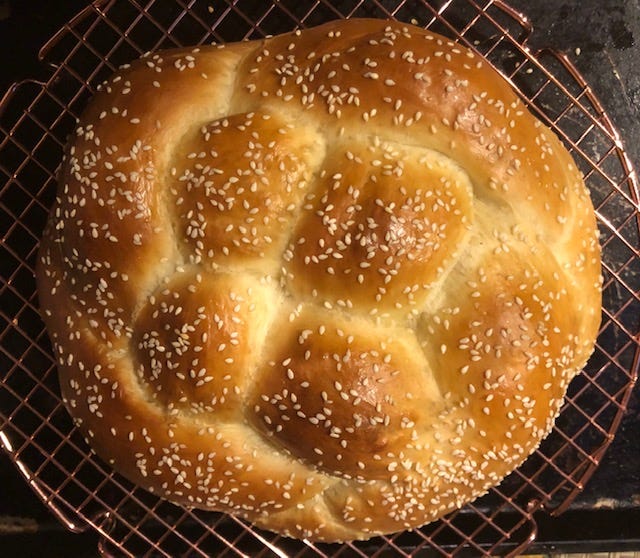

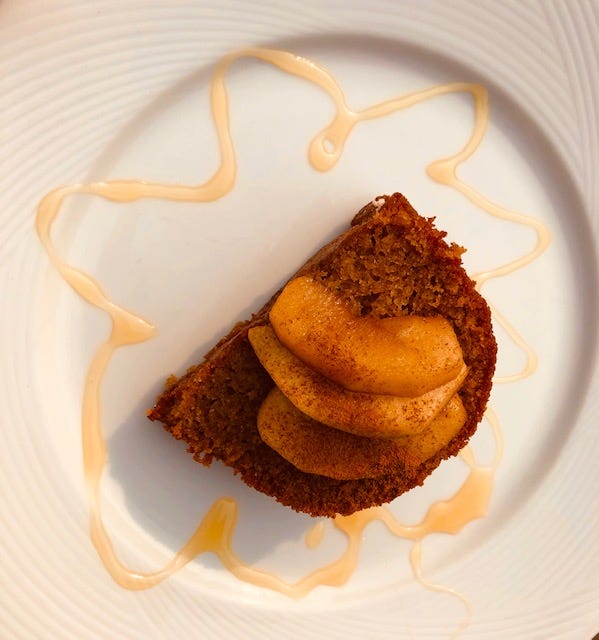
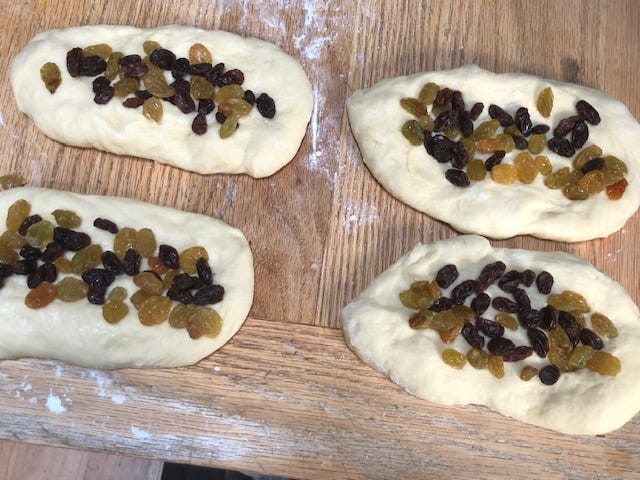
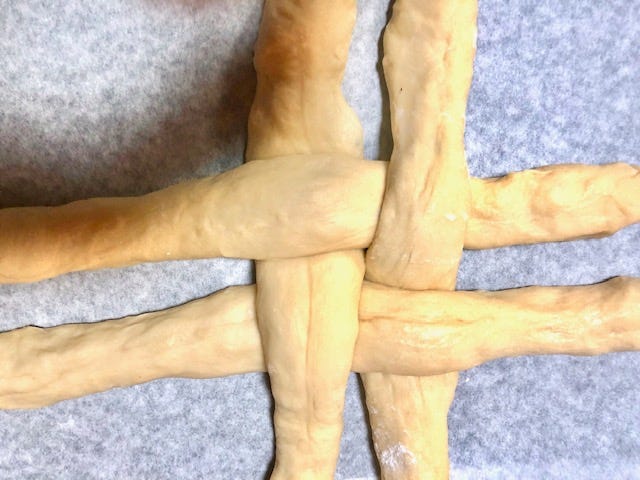
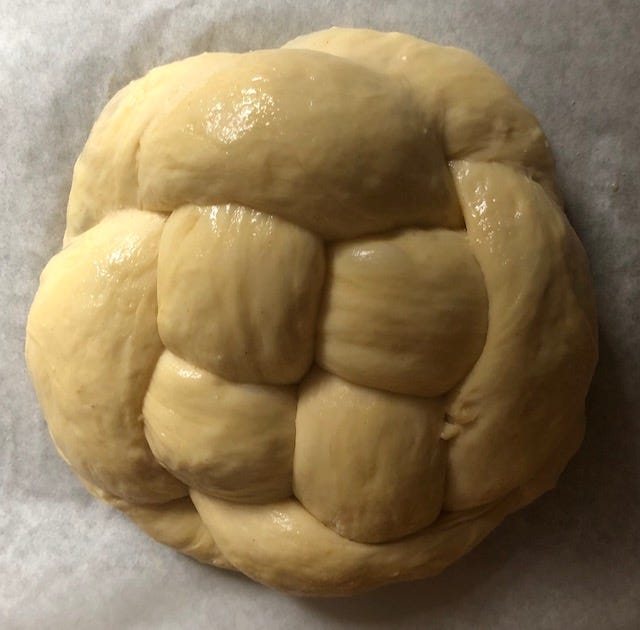
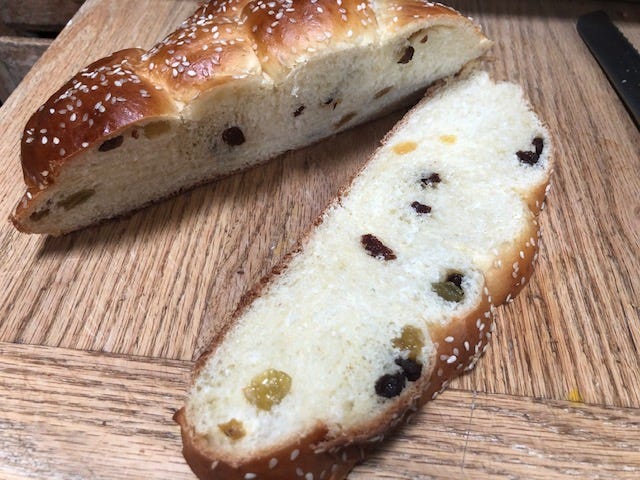
I learn something new every time. Keep writing....and baking.
Love it!